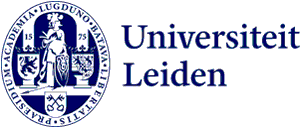
Pop-up ArcheoHotspot: A day full of (fake) skeletons, mammoth teeth and Roman pottery
The Faculty of Archaeology turns 25 this year. To celebrate, it opened its doors to the public on 1 March. ‘We want to be an institution that not only conducts research but also shares knowledge and has an immediate impact.’
It’s busy right from the get-go in the Van Steenis building. Families with young children who are enjoying their spring break, teenagers who are deciding what to study, archaeology students who have brought their parents along and older people with an interest in history: all have come to see what the Faculty of Archaeology has to offer.
‘Feel behind your earlobe. There’s a bump there.’
Feel the bumps
‘Anyone for the “To the Bone” workshop? Follow me!’ calls an archaeology student who is helping out as a volunteer. She holds up a colourful sign with the workshop title on it and leads a mixed group of people to the osteological – or bone – lab. Plastic skeletons have been arranged on different tables, all of which ‘died’ in a special way. The aim of the workshop is to find out who the person behind the skeleton was and how they died. The participants will do this like real osteologists by looking carefully at the shape of the skull, pelvis and other bones. But mainly by feeling the bones. ‘Feel behind your earlobe. There’s a bump there. It’s bigger in men than in women. Remember this when you examine the skeletons.’
After a mini-lecture on sex determination, age determination and diseases in bones by Rachel Schats, Assistant Professor of Osteoarchaeology and workshop facilitator, the ‘archaeological investigation’ can begin. The participants, mostly young children, are concentrating hard. ‘My daughter wanted to do something with bones again this spring break,’ says one mother. ‘She’s used to seeing them because I’m an osteologist myself.’
A mammoth tooth that is more than 20,000 years old.
Dinosaur eggs and mammoth teeth
The other activities also prove very popular. There are so many people at the ‘Roman pottery in Egypt’ workshop, for instance, that they don’t fit around the table and some have to move to a second one. There are lots of questions: ‘What kind of clay was used for this sherd?’ And: ‘Did they have spades to dig with back then?’ Another popular activity is ‘Identify your finds’, also known as the ‘Antiques Roadshow’ section. Visitors can bring along their archaeological finds and have them identified by a pottery, bone and coin specialist. All sorts of things turn up: a pipe bowl from the early 17th century, a classic leather purse that was hidden behind a wall, a supposed dinosaur egg that turns out to be a piece of clay in limestone and even a mammoth tooth that is more than 20,000 years old.
Jan Kolen, Dean of the Faculty of Archaeology and one of the specialists the lucky finders can consult, is pleasantly surprised by the finds and their finders. ‘It’s mainly children who have brought their finds here, which is what we like to see because we hope to inspire them to study archaeology later.’ Kolen therefore urges each child to keep looking and to note down where and when they make their finds.
More than just research
This is the first time the Faculty of Archaeology has organised such a public event. It is part of the Faculty’s new strategy because it is keen to become more outward-looking. Kolen: ‘We are one of the three largest research institutes in the world in archaeology, but don’t have many connections with the region. We hope that this event will change that. We want to be an institution that not only conducts research but also shares knowledge and has an immediate impact.’
It has definitely had an impact. The day has proved extremely popular: with two prospective students, for example, who were keen to spend another day exploring the faculty. ‘It’s very well organised and everyone is friendly here. And the workshops are really interesting. This day has made us all the more sure of what we want to study.’
-
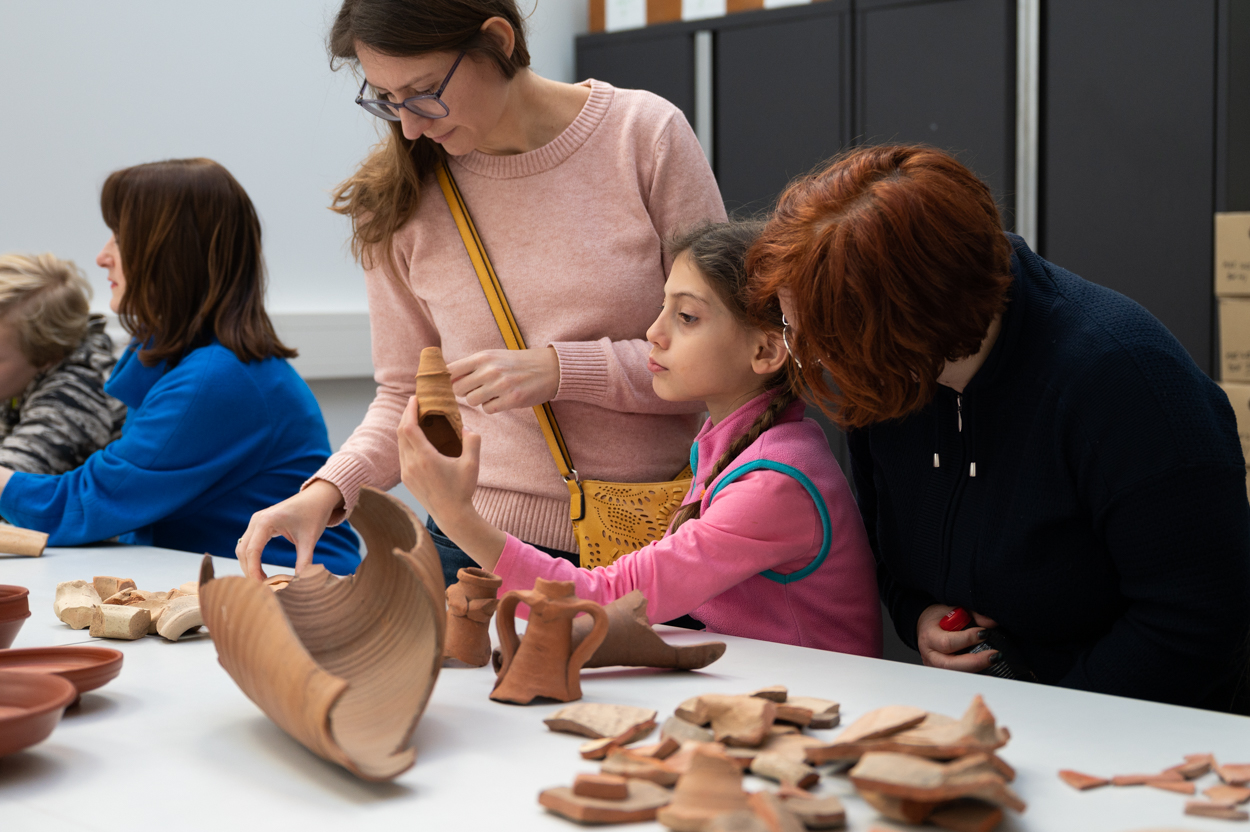
Pondering Roman pottery -
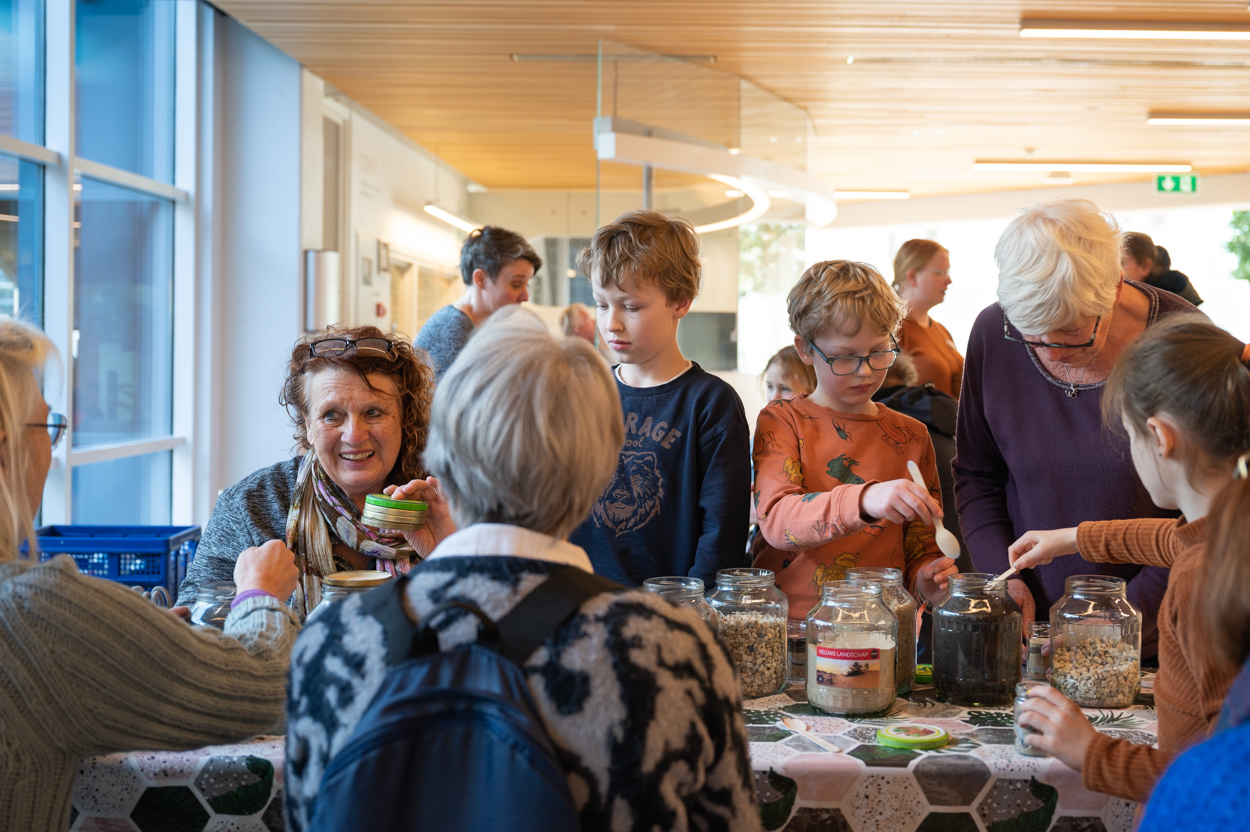
Soil layer workshop -
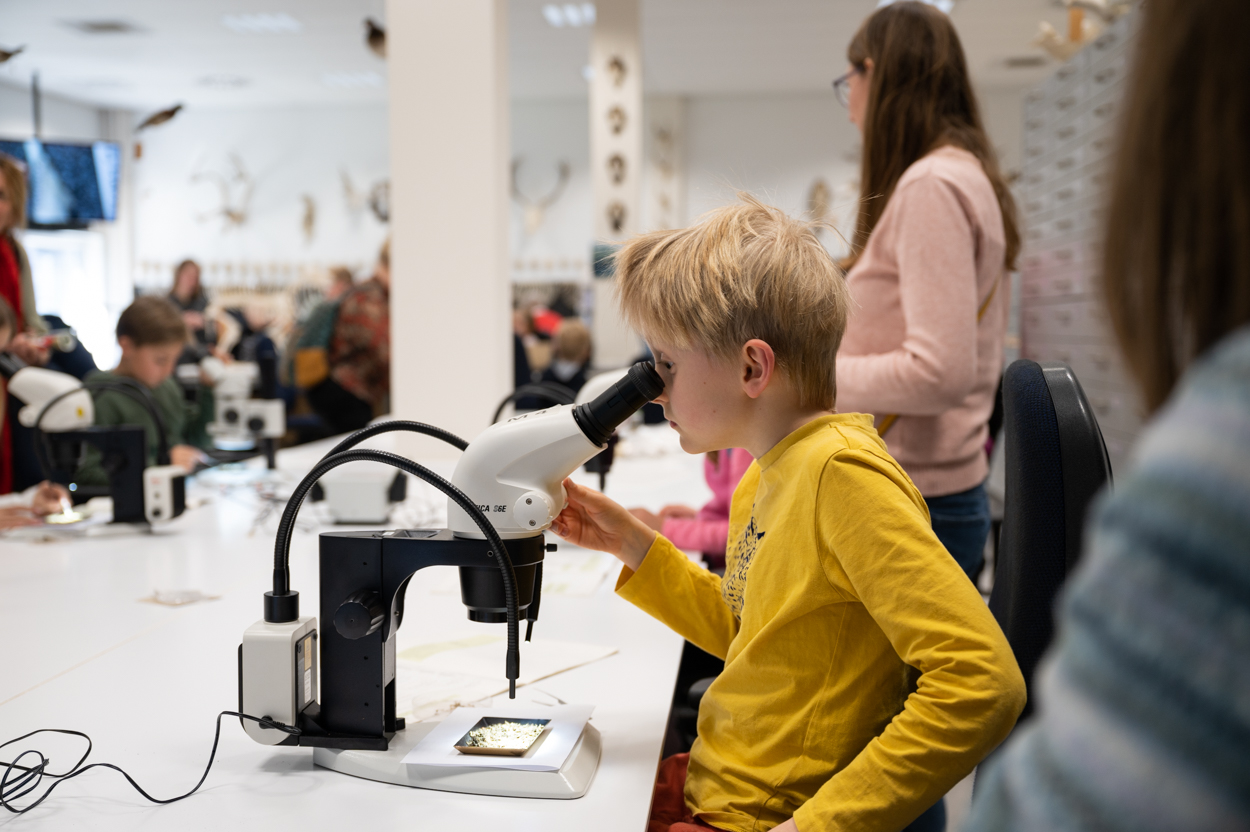
Peering into a microscope -
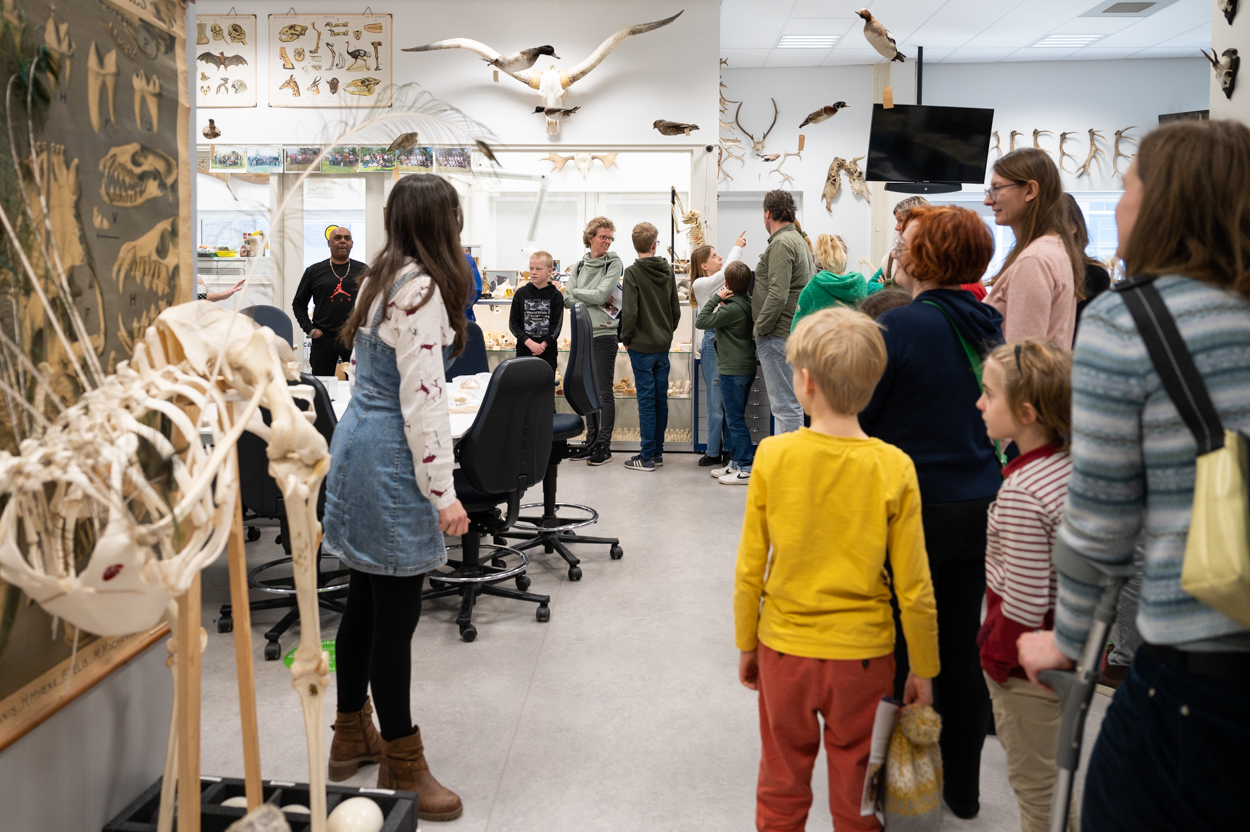
Workshop in the animal bone lab -
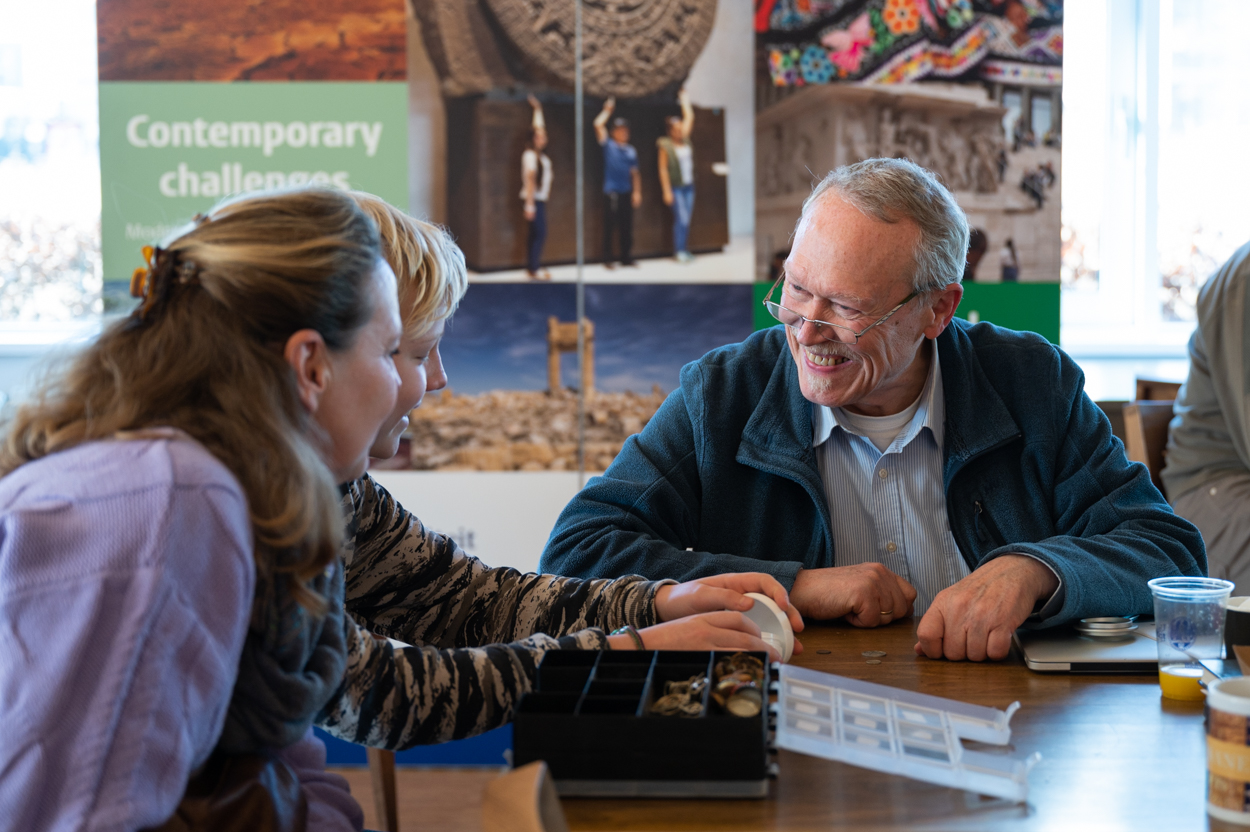
Coin specialist Arent Pol identifies finds
Text: Sabine Waasdorp
Photos: Eelkje Colmjon
